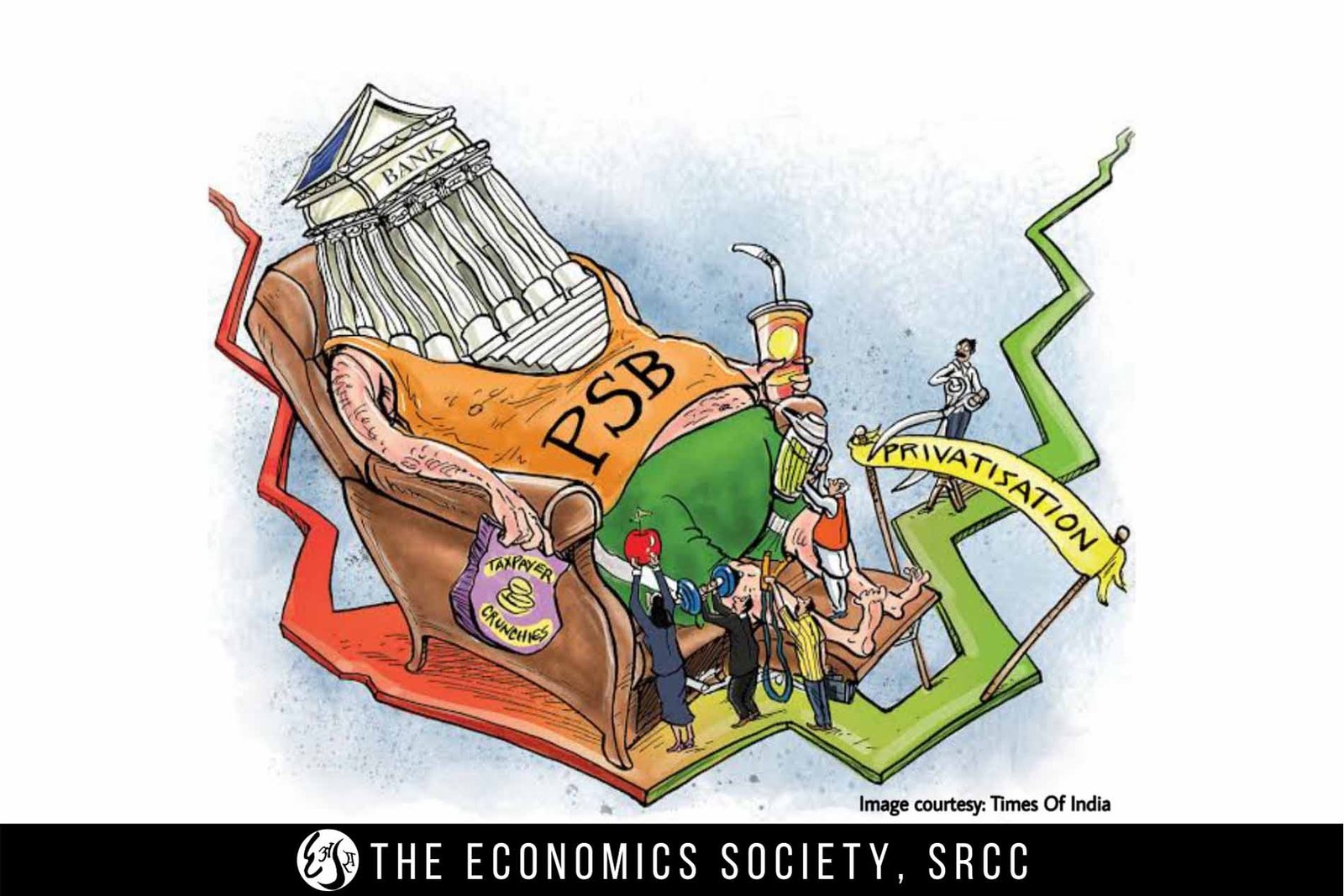
Banking Beyond Boundaries: From NBFCs to Metal Cards
The modern banking landscape in India is undergoing a seismic transformation, with various elements converging to redefine financial services and customer experiences. Non-Banking Financial Companies (NBFCs) have assumed a pivotal role, harnessing cutting-edge technologies such as Artificial Intelligence (AI) and Machine Learning (ML), competitive interest rates offered by banks are driving financial decisions.
These high interest rates influence borrowing behavior and ultimate decisions of the consumers, thereby, shaping the financial landscape. The “Buy Now Pay Later” (BNPL) phenomenon has gained substantial traction, offering consumers a flexible means of managing their finances. In India, numerous BNPL apps, including Paytm Postpaid, and Amazon Pay Later, are transforming the way individuals make purchases. Luxurious metal credit cards are not merely payment tools but status symbols. They elevate the cardholder experience with premium perks redefining prestige in the world of finance. Minor accounts have nurtured financial literacy from an early age, fostering the savings habit, and providing a platform for practical money management. The green banking movement has reshaped the financial sector’s role in environmental responsibility, with a focus on sustainable products, responsible lending, and ethical banking practices. In this article, we delve deeper into each of these transformative elements and their profound impact on modern banking in India.
1. The Role of NBFCs and Small Finance Banks in Modern Banking
Non-Banking Financial Companies (NBFCs) are financial institutions that provide a wide range of banking and financial services similar to traditional banks but operate without a banking license. NBFCs, such as Bajaj Finance and Muthoot Finance, have expanded access to credit for millions of Indians. NBFCs have established a strong presence in urban and rural areas, delivering accessible financial solutions to individuals and businesses. The mobile banking revolution, driven by the widespread use of smartphones, has been instrumental in extending the reach of NBFCs, especially in rural regions. Mobile banking facilitates various lending processes, including application submission, e-KYC, and e-signatures, enhancing customer convenience and broadening the customer base. Small Finance Banks focus on addressing the needs of underserved and unbanked populations by going beyond traditional services.
They provide specialized financial products and services, such as microfinance and small-ticket loans, to cater directly to the specific needs of individuals in these areas. Microcredit refers to the provision of small loans, typically to small business owners, who lack access to traditional banking services. Small-ticket loans, on the other hand, are loans with relatively low monetary values. These loans cater to individuals or businesses that require a small amount of funding for various purposes, such as, covering unexpected expenses, or investing in small-scale projects. Through innovative approaches like doorstep banking, financial literacy programs, and community engagement, these institutions actively work towards enhancing financial inclusion and fostering economic growth in previously underserved regions. In summary, NBFCs and Small Finance Banks provide access to credit and banking services for previously underserved segments of society, thereby fostering economic growth.
2. Impactful Interest Rates
Interest rates play a pivotal role in influencing the financial decisions of consumers and the competitive landscape of the banking sector in India. One of the standout examples is IDFC FIRST Bank in India, leading the way by offering savings account interest rates of up to 7% p.a. for deposits in India. This competitive rate makes it an attractive option for savers seeking to maximize their returns. Federal Bank, another notable player, offers interest rates of up to 7.15 % on savings accounts. These competitive savings account interest rates have a significant impact on consumer behavior. They encourage individuals to save more and consider the long-term benefits of savings accounts.
Another avenue for higher interest rates is small finance banks. These institutions often offer FD interest rates exceeding 8%, making them an attractive option for those seeking higher returns on their savings. The landscape of interest rates in India reflects the diverse options available to consumers for growing their savings. These high interest rates not only incentivize saving but also influence the choice of financial institutions for investment and borrowing needs in the modern banking landscape.
3. The “Buy Now Pay Later” Phenomenon
Buy Now Pay Later (BNPL) services have revolutionized the shopping experience for consumers. These services offer remarkable convenience, allowing individuals to acquire goods and services without the immediate financial burden of paying the full amount upfront. Businesses, too, have experienced a positive impact from offering BNPL options. Their boost in sales is complemented by enhanced customer satisfaction, as BNPL services provide flexible payment options. Furthermore, offering BNPL can foster customer loyalty, as individuals are more likely to return to a business that provides convenient payment methods.
However, it’s crucial to acknowledge the challenges associated with BNPL. Late fees for missed payments are a potential drawback that may affect the credit score of an individual. Therefore, consumers must stay vigilant regarding the terms and conditions tied to late payments. Despite these considerations, the BNPL concept in India is evolving rapidly, introducing new players with innovative features, which intensify competition and provide consumers and businesses with a broader spectrum of opportunities. Key players in the Indian market, such as Paytm Postpaid, Flipkart Pay Later, and Amazon Pay Later, have successfully integrated BNPL services into their platforms. These services have witnessed substantial growth, with an increasing number of consumers opting for the flexibility of deferred payments. This trend reflects the changing preferences of Indian consumers, who appreciate the convenience and financial flexibility offered by BNPL services, driving the expansion of this payment phenomenon across diverse sectors.
3. The Allure of Metal Credit Cards
In the world of modern banking, credit cards have evolved beyond mere financial tools into symbols of luxury, exclusivity, and prestige. Beyond their appealing feel, these metal cards offer an array of benefits that cater to the desires of discerning cardholders. Firstly, the aesthetic of metal credit cards is nothing short of luxurious. Crafted from premium materials like titanium, the visual appeal of metal cards goes beyond what standard plastic cards can offer, making them a powerful statement of affluence and style. Moreover, metal credit cards are exceptionally durable. They are less susceptible to the wear and tear that plastic cards commonly experience. Also, the weight and heft of metal credit cards provide a tangible and satisfying experience for users.
Beyond their visual and tactile appeal, metal credit cards come with a plethora of premium perks and benefits. These may include access to luxurious airport lounges, comprehensive travel insurance, and attractive cashback offers. These added advantages enhance every aspect of the consumer’s financial transactions. In India, several banks and financial institutions have introduced their own versions of metal credit cards. Examples include HDFC Bank Infinia Credit Card, SBI Elite Metal Credit Card, and Kotak Royale Signature Credit Card. These cards often come with higher annual fees, but the exclusive benefits and status they offer make them an appealing choice for discerning cardholders who seek luxury and exclusivity in their financial services.
4. Empowering Financial Literacy through Minor Accounts
Financial literacy is an essential life skill, and modern banking institutions are increasingly recognizing the importance of instilling financial knowledge from an early age. This recognition has led to the active promotion and facilitation of minor accounts, which are specialized banking solutions tailored specifically to children. One of the primary goals of minor accounts is to instil the habit of saving from an early age. Firstly, minor accounts are designed to be age-appropriate, with features tailored to suit the financial needs and capabilities of different age groups among children and teenagers. Secondly, parental or guardian involvement is a central aspect of minor accounts. They can monitor transactions, set spending limits, and provide valuable insights into responsible money management. Thirdly, many banks and financial institutions complement minor accounts with educational resources and tools.
These resources may include financial literacy workshops, and online courses, all of which help young account holders understand basic financial concepts. As young account holders grow older, they are typically offered the opportunity to transition to regular adult accounts. Several banks in India offer minor accounts, each with its unique features and benefits. For instance, The State Bank of India provides the “Pehla Kadam and Pehli Udaan Accounts,” ICICI Bank offers the “Young Stars Account,” and Kotak Mahindra Bank provides the “My Junior Account”. Each of these accounts is designed to impart financial discipline and encourage savings while providing a safe and secure banking experience for young customers.
5. AI’s Transformative Role in Modern Banking
Artificial Intelligence (AI) is making a significant impact on the banking sector in India, reshaping the way financial institutions operate and interact with customers. AI technologies like Machine Learning (ML) and Natural Language Processing (NLP), are being used to enhance operational efficiency, improve customer experiences, and drive innovation across various banking services. One key application of AI in banking is the delivery of personalized customer experiences through AI-driven chatbots like HDFC Bank’s EVA and ICICI Bank’s iPal. These AI-powered tools provide tailored customer support, answer inquiries, and assist with routine banking tasks, ultimately boosting customer satisfaction and streamlining processes. AI also plays a crucial role in credit scoring and risk assessment, to accurately assess creditworthiness.
This enables banks and Non-Banking Financial Companies (NBFCs) to make data-backed lending decisions. Enhancing security, AI-powered fraud detection systems continuously monitor transaction data to identify and prevent fraudulent activities in real time. This not only strengthens security but also minimizes financial losses for banks and customers. Robotic Process Automation (RPA) is another area where AI is making an impact by automating routines, improving operational efficiency, and reducing errors in banking processes. Several Indian banks have already embraced AI to improve their services, including the State Bank of India’s YONO platform, HDFC Bank’s EVA, Axis Bank’s Ping Pay, ICICI Bank’s AI chatbots, and Federal Bank’s FedBot. As AI technology continues to evolve, it is poised to play an even more significant role in the modern banking landscape in India, with potential advancements in machine learning, natural language processing, and data analytics. This underscores AI’s enduring significance in the future of banking in India.
6. Green Banking: Nurturing Sustainability in Finance
Green banking, also known as sustainable or eco-friendly banking, has gained prominence in India due to growing global environmental concerns. Indian banks and financial institutions are adopting green banking principles to align their financial practices with environmental responsibility. Key components of green banking include environmentally responsible investments, reducing the carbon footprint of financial institutions, promoting eco-friendly financial products, conducting environmental due diligence, and raising awareness about environmental issues. Green banks prioritize investments in environmentally sustainable projects and industries, such as renewable energy and clean technology initiatives.
They also take measures to reduce their carbon footprint by adopting energy-efficient technologies and sustainable practices within their operations. To encourage sustainability among customers, green banks offer financial products like green loans for eco-friendly projects, green savings accounts, and green credit cards with rewards for eco-conscious purchases. Additionally, they conduct environmental assessments before funding projects to ensure compliance with environmental regulations. Several Indian banks, including ICICI Bank, HDFC Bank, and Yes Bank, have embraced green banking initiatives. These efforts not only contribute to environmental conservation but also enhance the banks’ reputation. Hence, green banking is becoming increasingly important in India’s banking landscape as it aligns financial institutions with environmental responsibility and sustainability, promoting a more eco-friendly future.
Modern banking is undergoing a profound transformation, shaped by various dynamic elements. Non Banking Financial Companies (NBFCs) are leveraging cutting-edge technologies like AI and ML to revolutionize risk assessment and expand financial inclusion. Competitive interest rates offered by banks are driving financial decisions and influencing saving and borrowing behavior. The “Buy Now Pay Later” (BNPL) phenomenon is making shopping more convenient and flexible, while metal credit cards redefine prestige in the financial world. Minor accounts are nurturing financial literacy from a young age, and green banking is promoting environmental responsibility in the financial sector. Each of these elements represents a significant facet of modern banking in India, reflecting the industry’s commitment to innovation, customer-centricity, and sustainability. As technology continues to advance and customer expectations evolve, the banking sector is poised for further transformative changes, ensuring that it remains at the forefront of the financial landscape.
Chinmay Jain
Writing Mentorship Programme 2023
Citations 1
IMF eLibrary. (n.d.). IMF eLibrary. https://www.elibrary.imf.org/
2. Business News: Business News India, Business News Today, latest Finance news, Business News Live. (2019, July 2). Financial Express. https://www.financialexpress.com/
3. News – Latest news, breaking news, Bollywood, sports, business and political news | Times of India. (n.d.). The Times of India. https://timesofindia.indiatimes.com/
4. Statista. (n.d.). Statista – The Statistics Portal. https://www.statista.com/
5. India Budget | Ministry of Finance | Government of India. (n.d.). https://www.indiabudget.gov.in/



